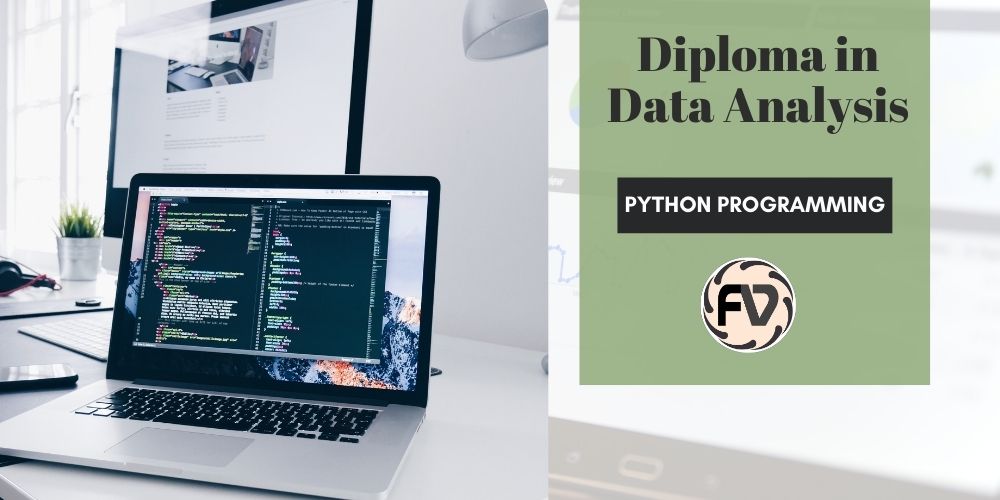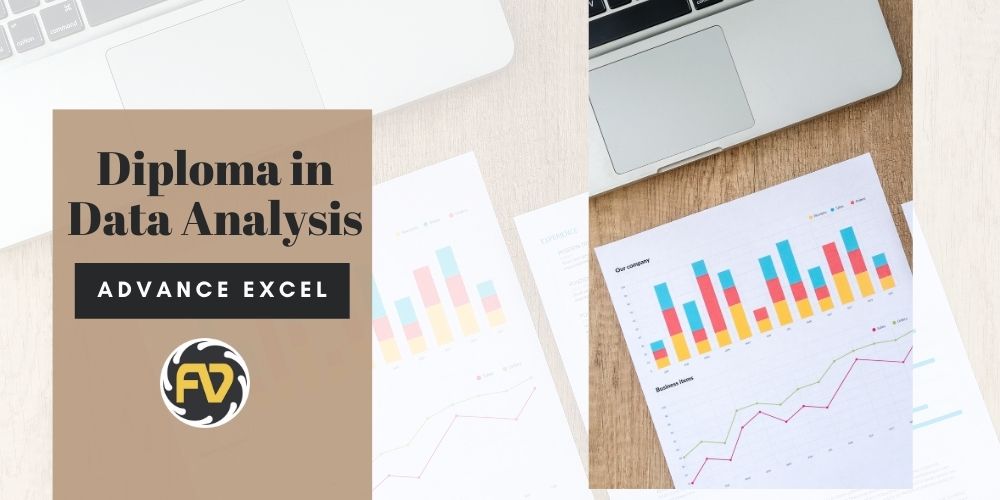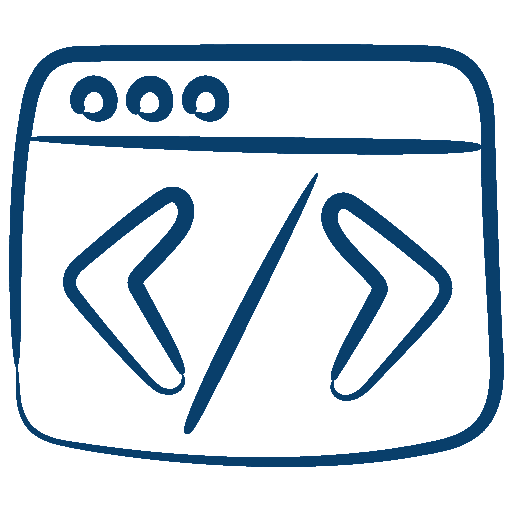Diploma in Data Analysis
What is Data Analysis? Why Advance Excel & Python are Essential for Data Analysis Courses? Data analysis or Data Analytics is a process of inspecting, cleansing, transforming, and modeling data. The goal is to discover useful information, inform conclusions, and …
What is Data Analysis? Why Advance Excel & Python are Essential for Data Analysis Courses?
Data analysis or Data Analytics is a process of inspecting, cleansing, transforming, and modeling data. The goal is to discover useful information, inform conclusions, and support decision-making. Data analysis has multiple facets and approaches, encompassing diverse techniques under a variety of names, and is used in different business, science, and social science domains. In today’s business world, data analysis plays a role in making decisions more scientific and helping businesses operate more effectively. Python Programming is essential for Data Analysis. You will learn to create Dashboard, MIS System, and many more things in this data analysis course. This course will help you to create -Dashboard (MIS System)
Python is a valuable part of the data analyst’s toolbox, as it’s tailor-made for carrying out repetitive tasks and data manipulation, and anyone who has worked with large amounts of data knows just how often repetition enters into it. By having a tool that handles the grunt work, the data analysts are free to handle the more interesting and rewarding parts of the job. Join Python Classes in Surat to learn a data analysis course. Python libraries like NumPy, Pandas, and Matplotlib, help the data analyst carry out his or her functions
Microsoft Excel is one of the top tools for data analysis and the built-in pivot tables are arguably the most popular analytic tool. In addition, Excel formulas can be used to aggregate data to create meaningful reports. Proper Knowledge of advanced Excel is important to learn Data Analysis, Join Excel Training Institute near me. You can create MIS System using Advance Excel

What you will learn in Data Analysis Course?
What is Data Analytics?
Business Analytics with Excel
Gain a foundational understanding of business analytics using Excel
Master SQL concepts such as Universal Query Tool and SQL command
Understand the nuances of lists, sets, dictionaries, conditions and branching, objects, and classes in Python
Work with data in Python, including reading and writing files, loading, working, and saving data with Pandas
Programming Basics and Data Analytics with Python
Data Science with R Programming
different types of data analysis and the key steps in a data analysis process
learn about the different types of data structures, file formats, sources of data, and the languages data professionals use in their day-to-day tasks.
process and steps involved in identifying, gathering, and importing data from disparate sources.
How to create MIS System (Dashboard)

Frequently Asked Questions about Data Analysis Course
Q – Is the course for data analysts the same as for data scientists?
A – Data Analyst will have an intermediate level of learning path whereas, the Data Scientist will have an advanced level of learning path.
Q – Can a person with no basic computer programming knowledge learn to be a data analyst by enrolling in a course?
A – No, the Student must have Basic knowledge of Computer basic

Click here to explore our advance Excel Course Details
Explore our Python Programming Course Details
Click here to explore our Combo Courses











